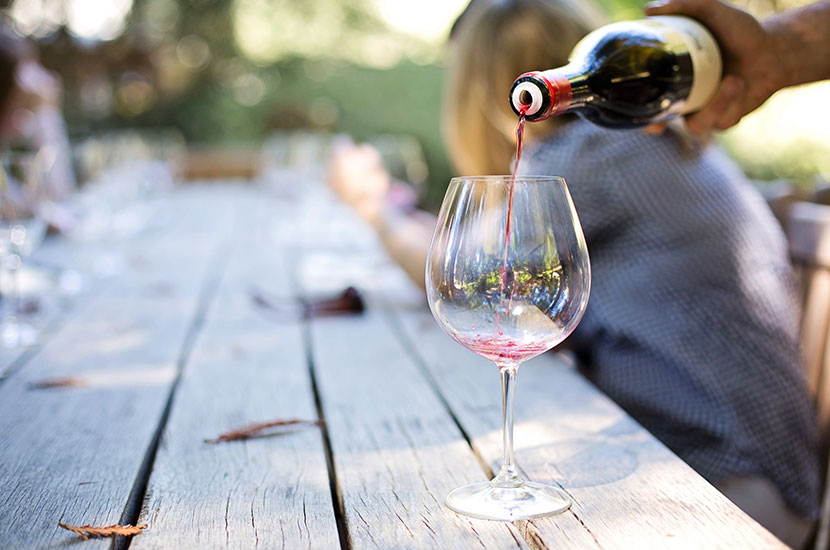Broadly speaking, part of the fun and engagement with wine is the continual discovery of one you may have not come across in the past. Nonetheless, sometimes backpedaling to one you think you know is even better! On today’s Shall We Wine TV segment, we’re joined virtually by Ana Murguia of IEEM (International Event & Exhibition Management) to get the lowdown on Chianti with Luca Alves of the Consorzio Vino Chianti. We talk about the region, culture and why we should be supporting the myriad of remarkable producers who make Chianti wine!

A SENSE OF PLACE
A fascinating, humble region in Tuscany, Chianti boasts admirable historic and social influence. In fact, the Chianti zone was established in 1932. The blanket term of “Chianti” spans a spectrum of different defining zones (then add aging requirements and classifications to the mix), so it’s important for any wine enthusiast to remember the Chianti you hear someone speak of might not be the same Chianti you’re thinking of in your head. More on this below.

LABOR OF LOVE
Chianti is a love language in the same way Chianti is a labor of love. A hospitable facet of community, there’s an elegant but also down-to-earth folklore for this popular export. Allure, with a distinguished array of expressions, Chianti is a boss.

C IS FOR CHARM, CHALLENGE & CONFUSION
There’s a deep-rooted challenge in the word “Chianti” alone. Years of interchanged wine information and a pigeonholing of Chianti overall into sub-par turf — similar to typecast actors and actresses who can’t shake off some notoriety — makes Chianti an easily perplexing subject for any wine newcomer.
By and large, Chianti is a red blend made primarily of Sangiovese grapes, native to Italy. Chianti subzones include Colli Aretini, Colli Fiorentini, Colline Pisane, Colli Senesi, Montalbano, Montespertoli and Rufina. These are the subzones which can legally label their wines Chianti. As far as aging goes there’s a few umbrellas to work through under Chianti but these are some of the general aging classifications: Chianti, Superiore and Riserva.
It’s important to delineate that Chianti and Chianti Classico are not one in the same. They are different wine appellations, each varying in style and each with separate and distinctive rules in order to be deemed one versus the other. Most importantly, they are under separate DOCG statuses. Luca helps us demystify Chianti and touches on some styles and differences.

WINE AS A WAY OF LIFE VS. PAIRING METHODOLOGY
One topic passionately addressed in our interview is on the philosophy of how food fits into the picture with wine. The philosophy is that wine is not just part of the food experience in Tuscany, it envelops it. To think of wine not just as the end product, but everything behind it, then currently around it. This is not a jab to pairing methodology or to the American consumer, but rather it offers a glimpse to some cultural differences and ultimately how to think of pairings not as isolated “pairings” but to think of them as a playful ensemble which comes together organically. Luca gives us some tips on Italian pairings which project that same kind of endearing feeling but also what it would be like to visit the breathtaking Tuscany.
PAST MEETS FUTURE
Chianti wine continues to make a name for itself. From the misunderstood past, to the esteemed present, to the bright future, these wines from Tuscany are equally lovable as there are accessible varieties to choose from and they are charging up to build upon a rejuvenated reputation.

While the impact of COVID-19 is putting wine tourism at an extreme halt, affecting the livelihood of farmers to sommeliers, what we can do is support the wines of Chianti and the impact the wine not only has had within the wine world but the stretches of influence within art, design, music and culture as a whole. So until we have the chance to hop back on plane to be avid explorers, pay your local stores and restaurants a safe social distance visit and pick up some bottles of Chianti wine for your stash!




Leave A Comment
You must be logged in to post a comment.